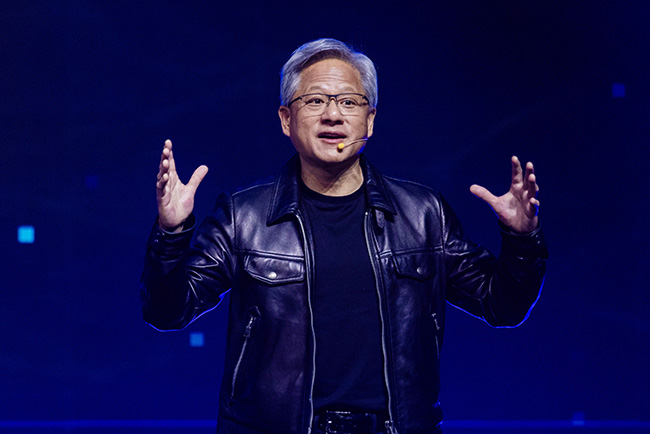Pentagon acquisition chief William LaPlante
Photo:AP
The first ever National Defense Industrial Strategy, which is set to be released in the coming weeks by Pentagon acquisition chief William LaPlante, is meant to be a comprehensive look at what the Pentagon needs in order to tap into the expertise of small tech firms, while funding and supporting traditional companies to move faster to develop new tech.
As it stands now, the U.S. defense industrial base “does not possess the capacity, capability, responsiveness, or resilience required to satisfy the full range of military production needs at speed and scale,” according to a draft version of the report, obtained by POLITICO.
It notes that America builds the best weapons in the world, but it can’t produce them quickly enough.
“This mismatch presents a growing strategic risk as the United States confronts the imperatives of supporting active combat operations … while deterring the larger and more technically advanced pacing threat looming in the Indo-Pacific,” the study says.
Speaking at the Reagan National Defense Forum, LaPlante said the strategy will be executed as a “partnership” with industry. For businesses to expand production capacity, they need DOD to be clear about its future purchasing needs for them to invest in new factories and R&D.
LaPlante said the Pentagon must also show that it is “serious” about buying the prototype weapons it’s developing in large numbers.
“We’ve got to show that we’re going to production and we’re going to stick with it so that it’s worth your while,” he said.
Some who have seen the draft report are frustrated with what they perceive is a lack of hard recommendations.
One defense industry adviser called it “underwhelming,” saying it doesn’t focus on long-term solutions to supply chain issues that have plagued the defense industry.
The report notes that after the Cold War, the defense industry shrank as companies merged. Yet China has spent the past 30 years becoming a “global industrial powerhouse” in shipbuilding, critical minerals and microelectronics. China’s industry’ “vastly exceeds the capacity of not just the United States, but the combined output of our key European and Asian allies as well,” it says.
The report also points out that the Covid pandemic laid bare the supply chain’s vulnerabilities. Then Russia’s invasion of Ukraine and the Hamas attack on Israel “uncovered a different set of industrial demands and corresponding risks” as the U.S. races to produce arms to support Ukraine and Israel.
“It has become clear that insufficient production and supply capacity are now deeply entrenched problems throughout all tiers of production supply chains,” the report says.
To fix the problem, the strategy says DOD “will develop more resilient and innovative supply chains,” invest in smaller businesses and focus more on innovation.
“The nation needs to rally to the common defense,” the report concludes. “This NDIS is a call to both the public and private sectors for focused, dedicated efforts to build and secure the industrial capability and capacity necessary to ensure our military has the materiel available to deter our potential adversaries, and if necessary, defeat them in battle. This call to action may seem a great cost, but the consequences of inaction or failure are far greater.”
 Nvidia CEO Jensen Huang
Nvidia CEO Jensen Huang
Photo: Bloomberg
Nvidia Corp. Chief Executive Officer Jensen Huang, who runs the semiconductor industry’s most valuable company, said the US is as much as 20 years away from breaking its dependence on overseas chipmaking.
Huang, speaking at the New York Times’s DealBook conference in New York, explained how his company’s products rely on myriad components that come from different parts of the world — not just Taiwan, where the most important elements are manufactured.
“We are somewhere between a decade and two decades away from supply chain independence,” he said. “It’s not a really practical thing for a decade or two.”
The outlook suggests there’s a long road ahead for a key Biden administration objective — bringing more of the chipmaking industry to US shores. The president has championed bipartisan legislation to support the building of manufacturing facilities here. And many of the biggest companies are planning to expand their US operations. That includes Taiwan Semiconductor Manufacturing Co., Nvidia’s top manufacturing partner, as well as Samsung Electronics Co. and Intel Corp.
There are as many as 50 companies in China that are now working on technology that would compete with Nvidia’s offerings, he said.
…Any Pentagon weapons plans would face a shortage of chips not manufactured in the United States. The Nvidia director believes that only in 20 years will America achieve self-sufficiency in chips. Does the Pentagon have these 20 years?
read more in our Telegram-channel https://t.me/The_International_Affairs

 10:19 08.12.2023 •
10:19 08.12.2023 •























